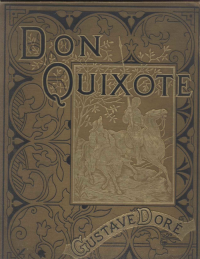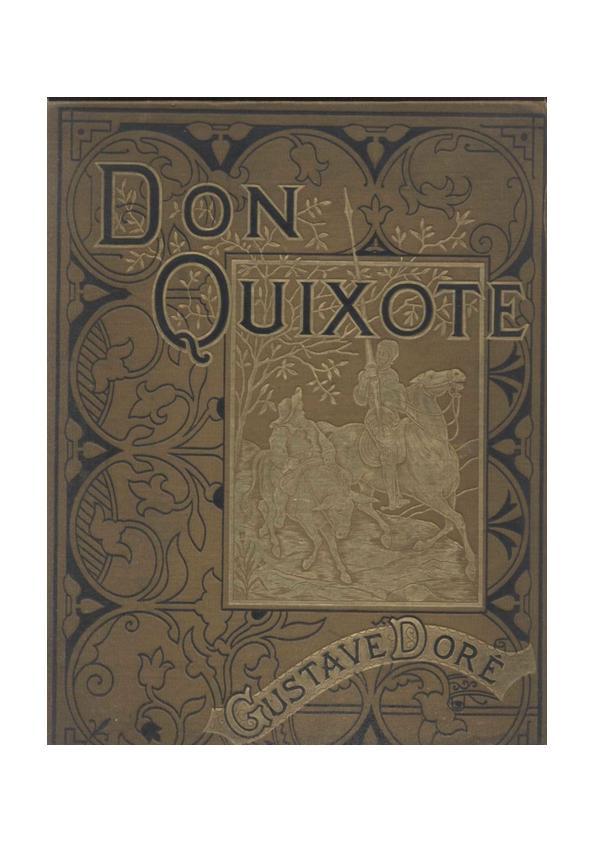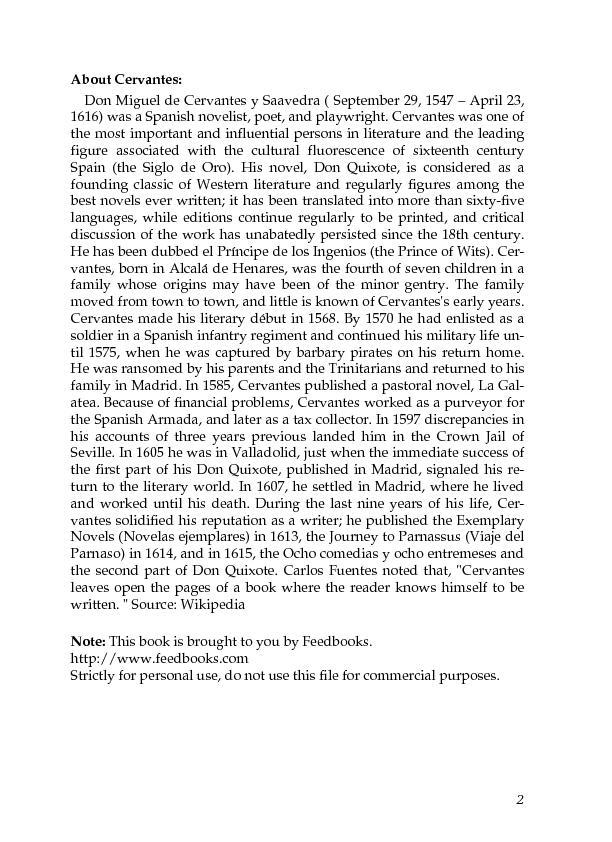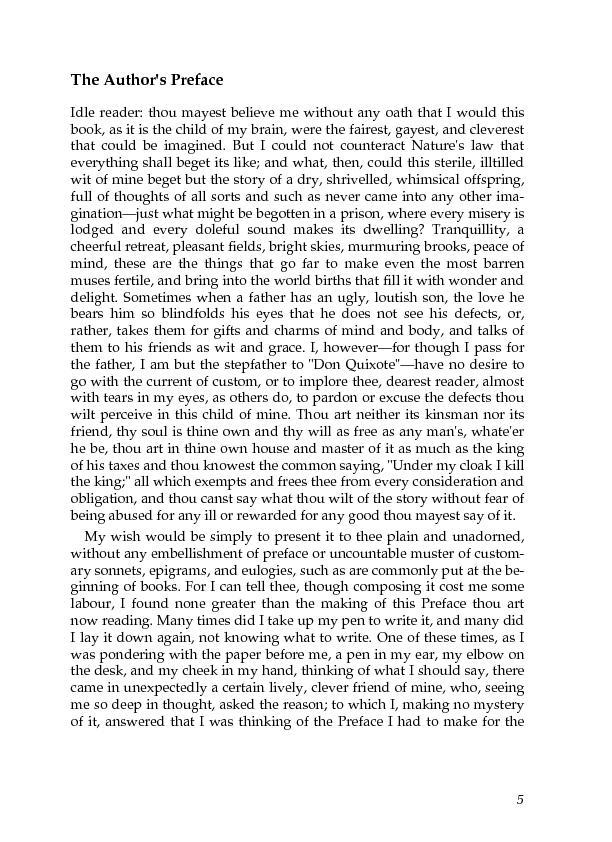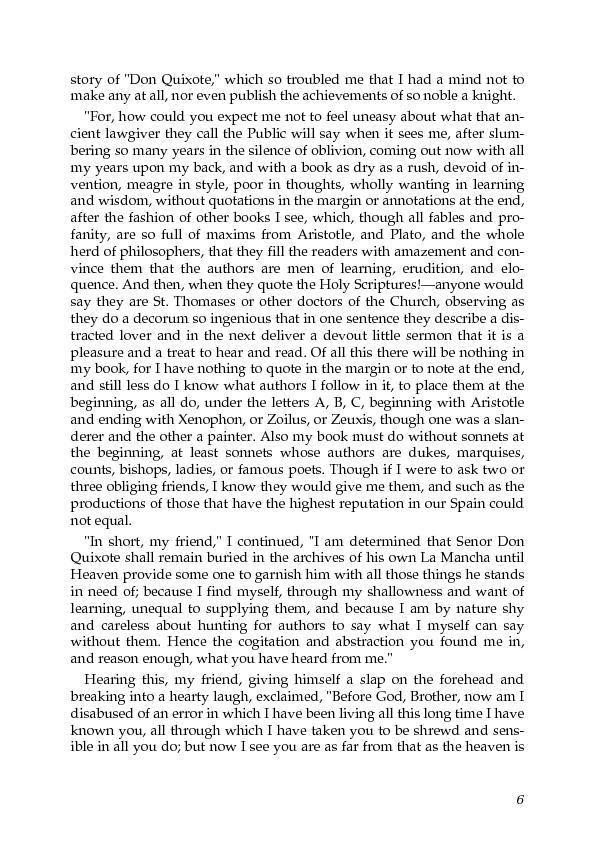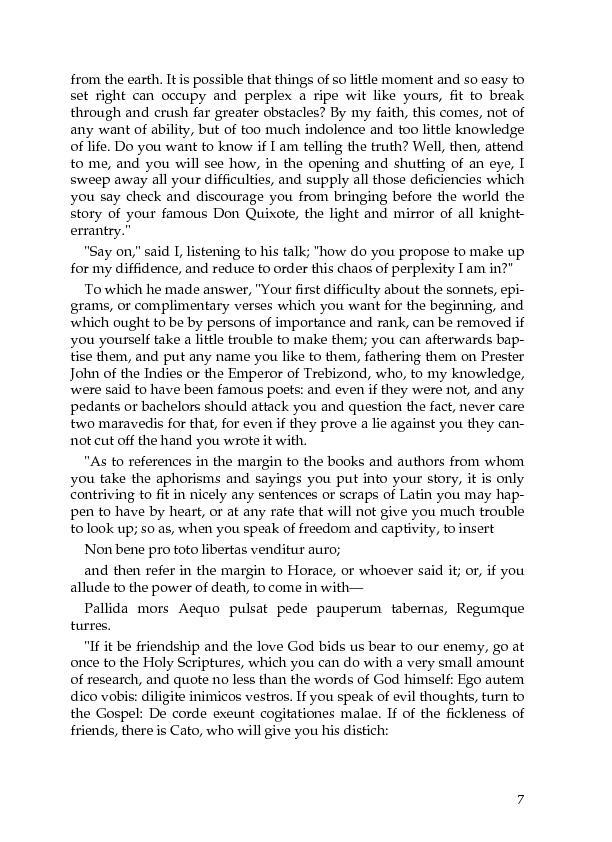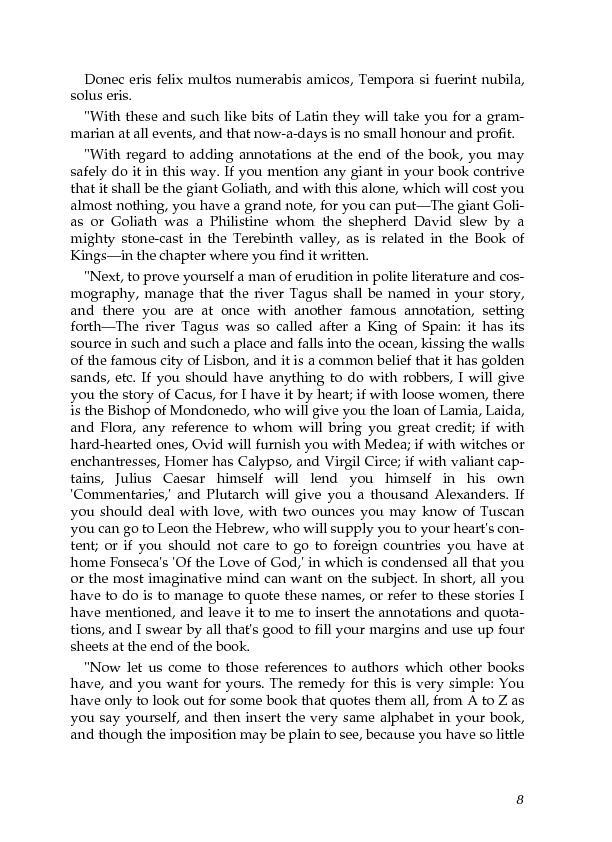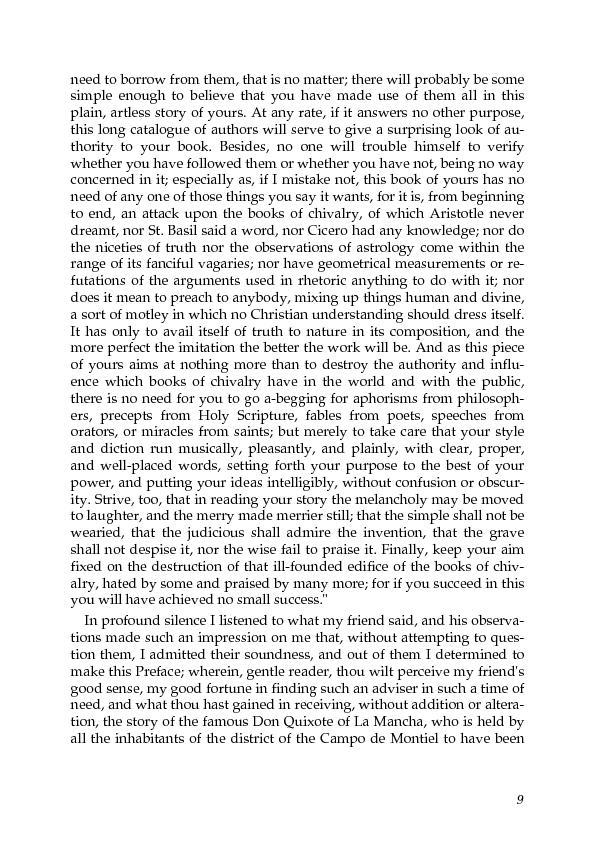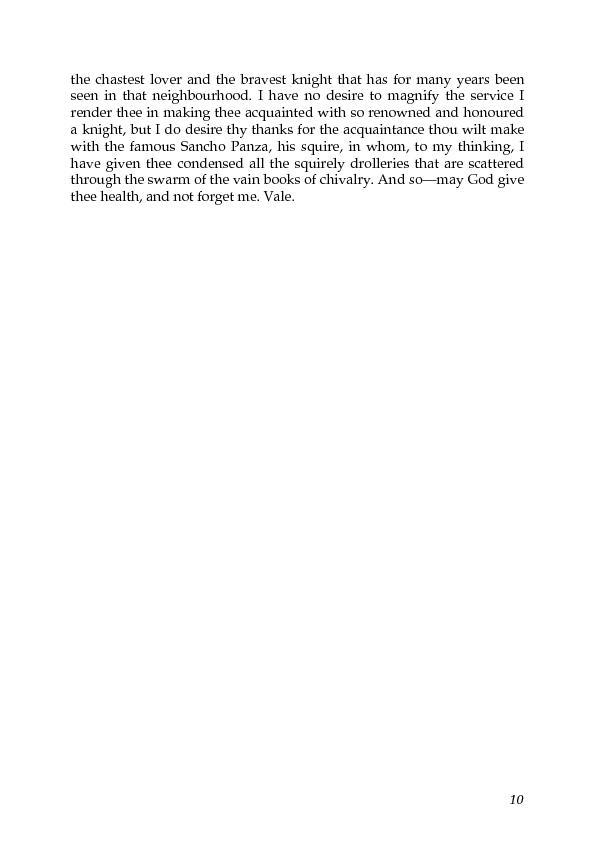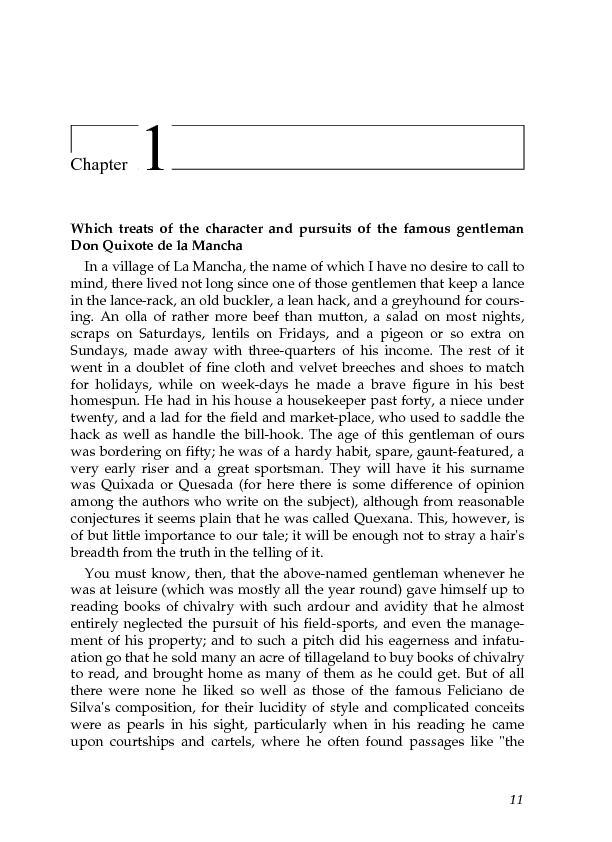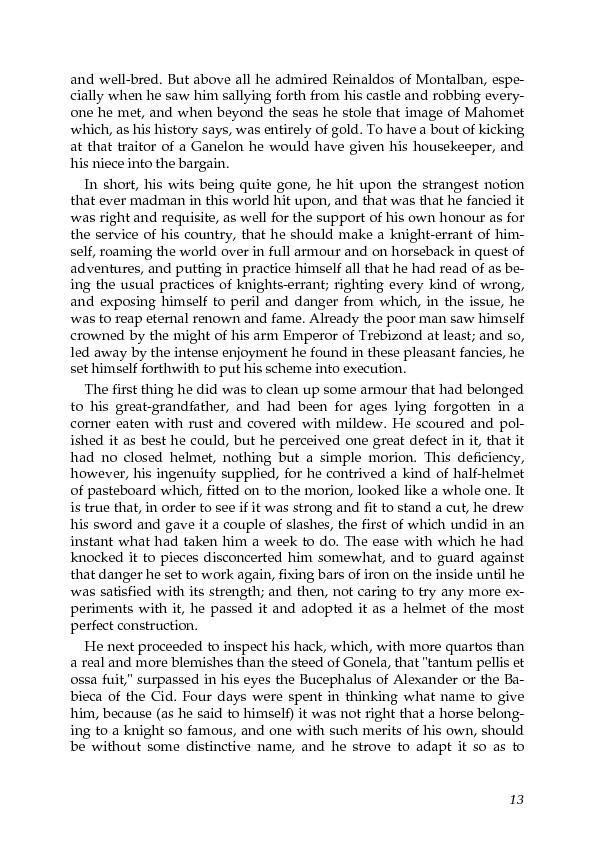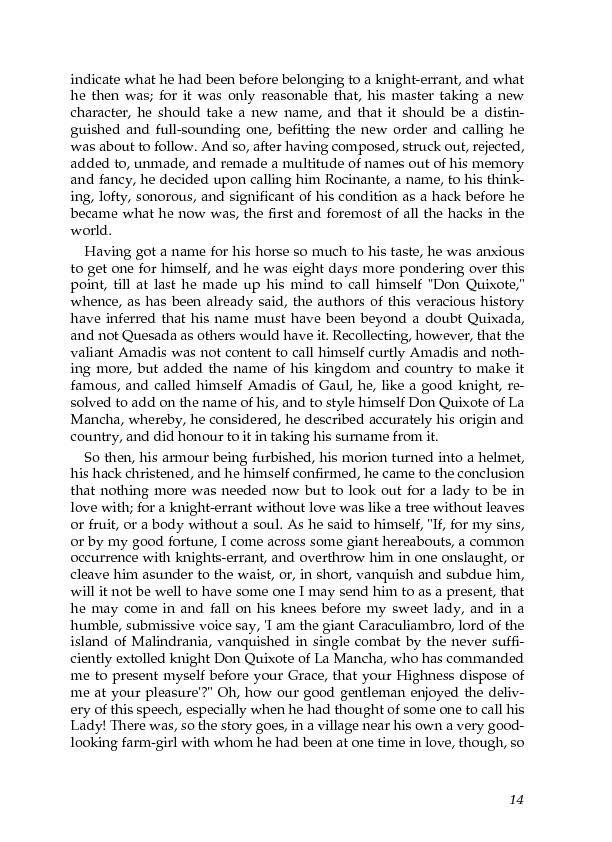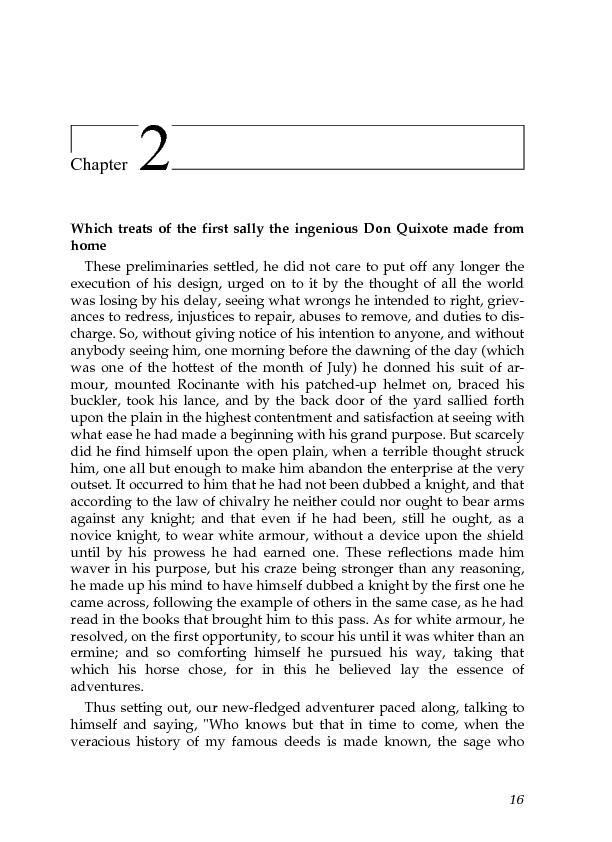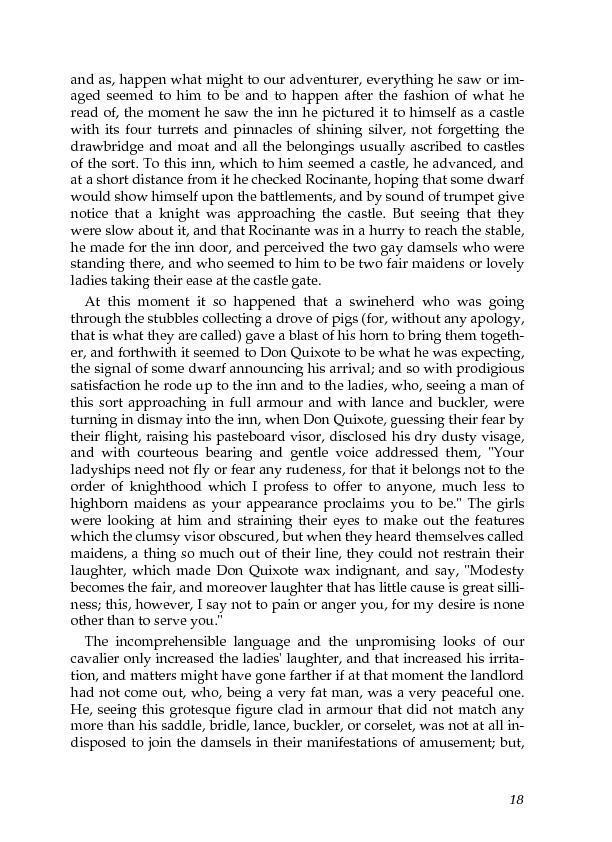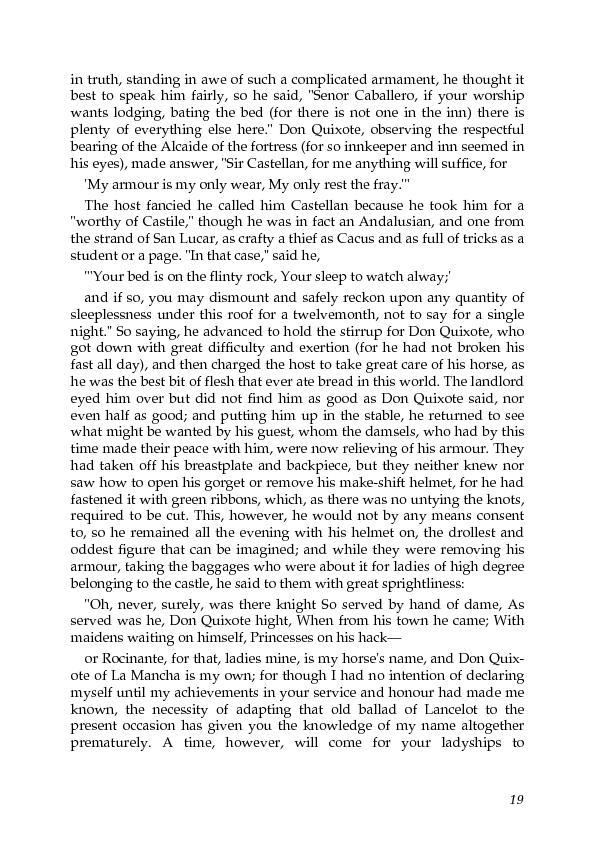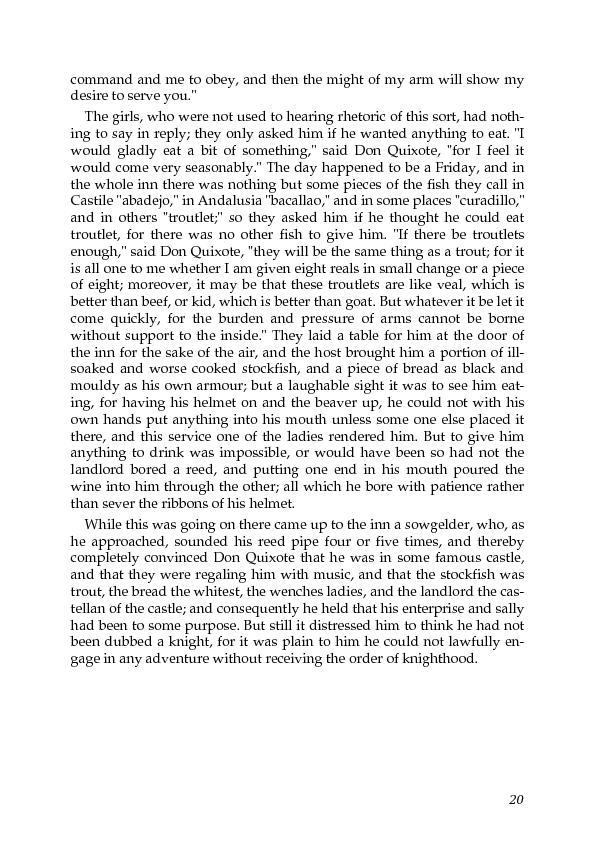Don Quixote
Don Quixote
By: Miguel de Cervantes
Widely regarded as the world's first modern novel, and one of the funniest and most tragic books ever written, Don Quixote chronicles the famous picaresque adventures of the noble knight-errant Don Quixote of La Mancha and his faithful squire, Sancho Panza, as they travel through sixteenth-century Spain.
Title information
In 1605 a novel appeared that has become one of the most beloved stories of European literature. It was the history of Don Quixote, the tall, gaunt knight-errant astride his fallible steed, with his potbellied, illiterate squire, Sancho Panza. These eccentric characters are as famous as Sinbad, Tarzan, Odysseus, Hamlet, or Superman. Don Quixote was immediately embraced by his countrymen; it is a testament to the novel and Miguel de Cervantes Saavedra's vivid characterization that the character of Don Quixote is still utilized to mock politicians and satirize the self-righteous. The original story, El ingenioso hidalgo don Quijote de la Mancha, was immediately popular— with six editions in 1605 alone—and has never lost its prominence. Cervantes not only created one of the greatest comic figures of world literature, but with his realist and humanist techniques, he originated, some critics assert, the modern novel. Part I of Don Quixote's story appeared in 1605 and was complemented ten years later—a year after the usurper, Avellaneda, published a false sequel—by Part II. In both parts of the novel, Don Quixote lives in a world created in his imagination, which had been fueled by his obsession with chivalric tales. He longs to resurrect this world he has long read of: chivalry, battles with giants and evil knights, the rescue of virtuous maidens. Instead, Don Quixote deals with windmills, bedclothes, and much disappointment. Along the way, he acquires a sidekick, Sancho, who helps Don Quixote in hopes of getting rich. This dynamic duo has provided readers throughout the centuries with humorous, yet poignant, chivalric tales.
Miguel de Cervantes
Miguel de Cervantes Saavedra (29 September 1547 – 23 April 1616) was a Spanish novelist, poet, and playwright. His magnum opus Don Quixote, often considered the first modern novel, is a classic of Western literature, and is regularly regarded among the best novels ever written.[citation needed] His work is considered among the most important in all of literature. His influence on the Spanish language has been so great that Spanish is often called la lengua de Cervantes, Spanish for the language of Cervantes. He has been dubbed El Príncipe de los Ingenios – The Prince of Wits.
Cervantes was born at Alcalá de Henares, the fourth of seven children of Rodrigo de Cervantes, a surgeon also born at Alcalá de Henares, and Leonor de Cortinas, a native of Arganda del Rey. Cervantes' parents were married in 1543. The family's origins may have been of the minor gentry. Leonor died on 19 October 1593. The family moved from town to town, and little is known of Cervantes's early years.
In 1569, Cervantes moved to Italy, where he served as a valet to Giulio Acquaviva, a wealthy priest who was elevated to cardinal the next year. By then, Cervantes had enlisted as a soldier in a Spanish Navy infantry regiment and continued his military life until 1575, when he was captured by Algerian pirates. He was then released on ransomfrom his captors by his parents and the Trinitarians, a Catholic religious order. He subsequently returned to his family in Madrid.
In 1585, Cervantes published a pastoral novel named La Galatea. Because of financial problems, Cervantes worked as a purveyor for the Spanish Armada, and later as a tax collector. In 1597, discrepancies in his accounts of three years previous landed him in the Crown Jail of Seville. In 1605, he was in Valladolid, just when the immediate success of the first part of his Don Quixote, published in Madrid, signaled his return to the literary world. In 1607, he settled in Madrid, where he lived and worked until his death. During the last nine years of his life, Cervantes solidified his reputation as a writer; he published the Exemplary Novels (Novelas ejemplares) in 1613, the Journey to Parnassus (Viaje al Parnaso) in 1614, and in 1615, the Ocho comedias y ocho entremeses and the second part of Don Quixote. Carlos Fuentes noted that, "Cervantes leaves open the pages of a book where the reader knows himself to be written."


